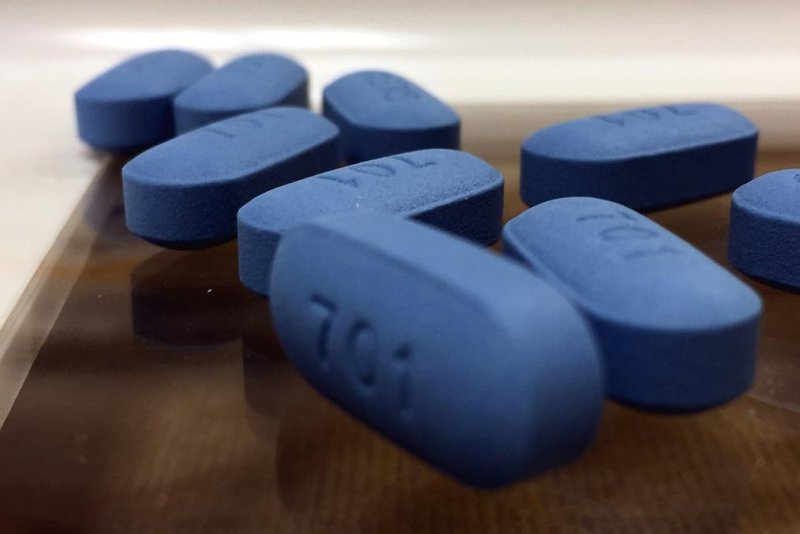Researchers have developed a new tool to pinpoint patients at high risk for contracting HIV to provide them treatment before they catch the virus. Photo courtesy
NIAID/Wikimedia Commons
July 8 (UPI) -- Researchers have developed a new tool to pinpoint patients at high risk for contracting HIV to provide them preventive preexposure prophylaxis treatment, new research shows.
This machine-learning algorithm, which was detailed July 5 in The Lancet HIV, predicted 2.2 percent of the 3.7 million Kaiser Permanente health system patients were at-risk or at high risk of contracting HIV within three years. Nearly half the patients identified by the algorithm went on to contract HIV.
PrEP is a daily antiretroviral drug taken by HIV-negative to keep from contracting HIV. However, the Centers for Disease Control and Prevention estimates only 7 percent of at-risk people actually use the drug. Health providers often miss some groups at a high-risk for HIV, making it harder to get PrEP to those who need it.
"It is critical that we identify our patients at risk of HIV acquisition," Jonathan Volk, an infectious disease physician at Kaiser Permanente San Francisco Medical Center and study senior author, said in a news release.
To develop the method, the researchers looked over 81 variables in the Kaiser health database and found 44 that were the most highly predictive of HIV risk.
Using the 44 variables, researchers found 2.2 percent of the Kaiser patients had a high or very risk of acquiring HIV during the next three years.
"We used our electronic medical record to develop a tool that could be implemented in a busy clinical practice to help providers identify patients who may benefit most from PrEP," Volk said. "In preexposure prophylaxis, or PrEP, we have an incredibly powerful tool to stop HIV transmission."
The tool has some drawbacks, such as not predicting women at high-risk for HIV. Women often contract HIV based on risk factors carried by their partners, so the tool doesn't include those variables.
Still, the researchers say the new tool works better at identifying patients older machine learning models have overlooked. For example, the new tool, the researchers say, accounts for both black and white patients at comparable rates.
The researchers caution this new method doesn't take the place of clinical diagnosis from medical professionals. But it can still help doctors to select patients who are most in need.
"Our predictive model directly addresses this gap and may be substantially more effective than current efforts to identify those who may be good PrEP candidates," Volk said.















